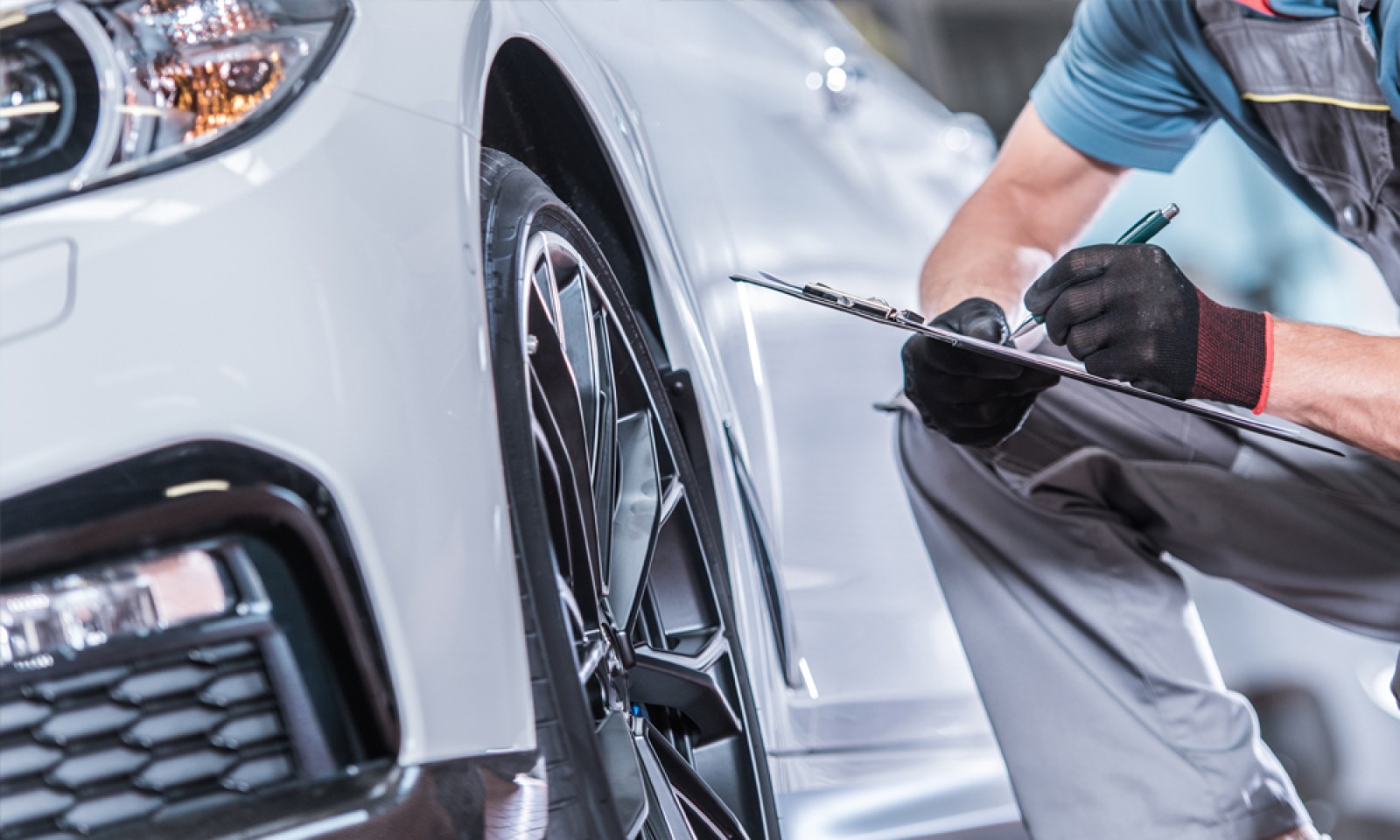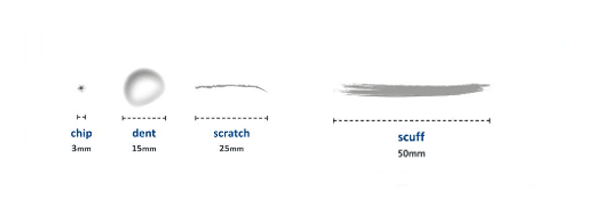
Returning a leased vehicle is a crucial part of any leasing agreement, and understanding the British Vehicle Rental and Leasing Association (BVRLA) vehicle return rules and charges is essential for a smooth and cost-effective process. In this blog post, we will delve into the intricacies of BVRLA’s guidelines, helping you navigate the return process with confidence while minimizing any potential charges.
BVRLA Overview
The BVRLA is the UK trade body for companies engaged in vehicle rental, leasing, and fleet management. They set industry standards and guidelines, ensuring fairness and transparency in vehicle return processes. These standards are designed to protect both lessors and lessees.
1. Check the funder’s return guidelines so you know what general wear and tear would be allowed and what you could be charged for.
2. Arrange your collection in plenty of time to ensure you can get it prior to the end of your contract on a date and time that is convenient for you.
3. Clean your car thoroughly inside and out. This will allow you to buff out any marks and reduce the chance of financial penalty due to dirty.
4. Inspect the vehicle in natural light, preferably on a nice day to give yourself the best lighting to check for any flaws you can see.
5. Inspect the vehicle when it’s dry as well if you’ve washed it or there has been raining. This allows you to see any flaws, particularly in the paint, which the water might hide.
6. Look down at the vehicle panels rather than straight on as this will allow you to see any dents more easily.
7. Be objective when looking at the vehicle, and if needed seek a second opinion.
8. Arrange any needed repairs prior to collection to avoid being charged for these from the funder.
9. Document any faults that you do find, taking pictures where possible.
10. Be there for collection if possible so that you can check the inspection report and ask any questions you may have.
For a more detailed look at our top 10 tips check out this blog.
Fair Wear and Tear Guidelines
As mentioned above the guidelines are the same across funders as they are directed by the BVRLA industry standard that all leasing companies must comply with.
There are two separate sets of guidelines as the BVRLA and funders separate vehicles, and the expected wear and tear to them, into cars and vans.
Fair Wear and Tear Guidelines for Cars
Fair Wear and Tear Guidelines for Vans
General Wear and Tear Guidelines
In general, you should take good care of any vehicle you have, regardless of whether you own it or are leasing. This includes regular servicing, quick repairs and maintenance work, regular cleaning, following manufacturer guidelines, and much more.
To help you we’ve got some general guidelines on what’s classed as fair wear and tear and what isn’t.
We recommend checking the vehicle about eight to 12 weeks prior to the end of your lease to allow time for any repairs if needed.
What’s Classed as Fair Wear and Tear:
Chips with a diameter of 3mm or less to the paintwork, provided they are not rusted. This is limited to four chips on a panel, six chips on a door edge and eight chips on a forward-facing panel – any more than this could be classed as excessive and charged for repairs.
Dents of 15mm or less in diameter where the paint surface has not broken. This does not include dents that have a chip within them or to the roof or swage line of any panel, this kind of dent is not accepted as fair wear and tear. There should be no more than two per panel to be classed as fair wear and tear.
Surface scratches that are 25mm or smaller, that do not show the primer or bare metal and can be polished out are acceptable. There’s a maximum of four surface scratches per panel. Similarly on unpainted areas scratches under 25 mm long are allowed, provided the moulding or trim is not broken, cracked, or deformed.
Scuffs to the wheel rim and alloy are allowed to be up to 50 mm over the total circumference.

Light scratching on windows provided it does not interfere with the driver’s line of sight, heating elements of the front / rear windscreen, or the automated driver assistance systems.
What’s Not Fair Wear and Tear:
For full details of acceptable vehicle return conditions we recommend checking the full fair and wear tear guide of your funder.
We’ve provided links to our main funders wear and tear guides below:
- ALD fair wear and tear guide
- Alphabet fair wear and tear guide
- Arval fair wear and tear guide
- Novuna fair wear and tear guide
- LeasePlan fair wear and tear guide
- Leasys fair wear and tear guide
- Lex fair wear and tear guide
If your vehicle is funded by manufacturer finance then you can contact them directly to get a copy of their fair wear and tear guidelines.
Repairing Damage to a Lease Vehicle
If there is any damage to your vehicle that you do not think will be classed as fair wear and tear then you can arrange for this to be repaired prior to collection provided that it is done by a professional at a VAT registered garage and any replacement parts are genuine manufacturer parts.
If you’re unable to arrange for any necessary repairs, you can still return the vehicle however the funder will charge you for anything that is not deemed to be fair wear and tear.
